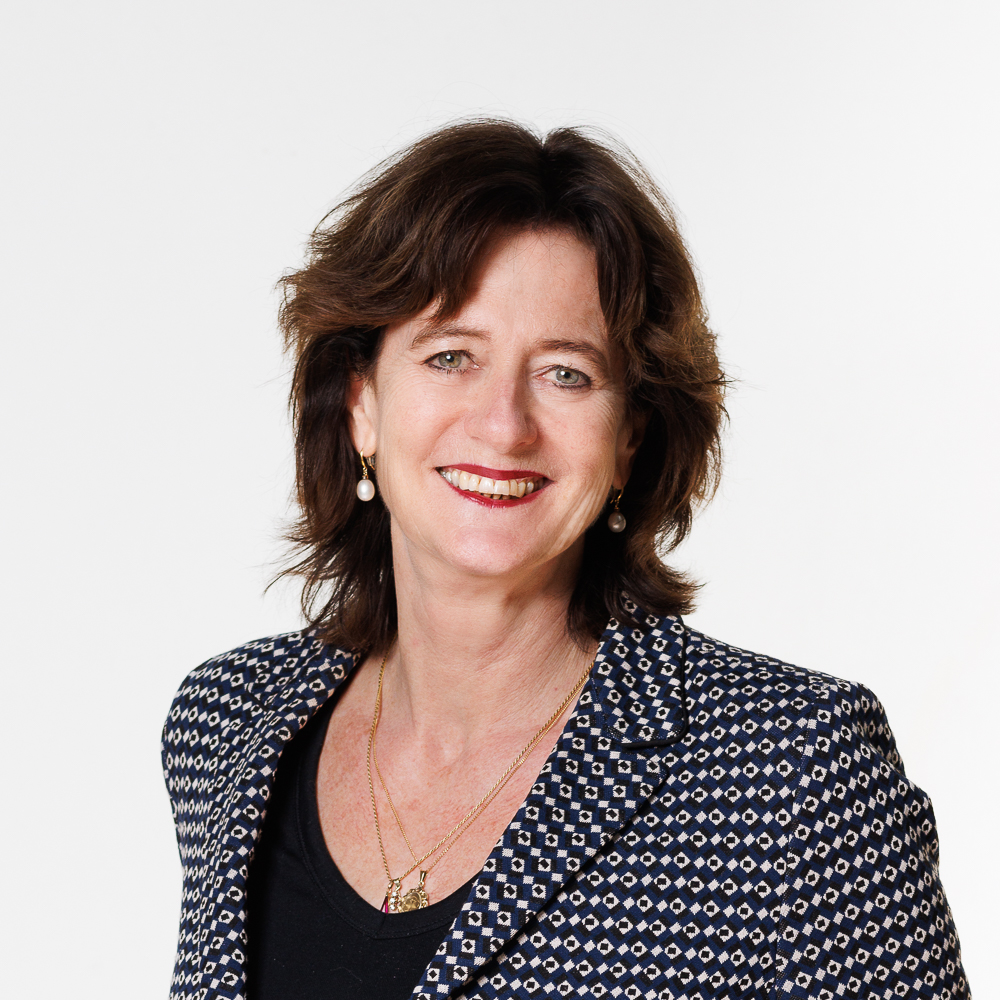Lagarde struggles to convince markets

Global Daily Insight - ECB View: Soft message on policy rates and announcement of end of PEPP undermined overall message - Bond markets sold off during the ECB press conference, despite President Christine Lagarde making the case that inflation would fall again next year and that market expectations for rate hikes were not consistent with the forward guidance. This likely reflects three factors.
First of all, the message on policy rates was not very powerful. Ms Lagarde noted that ‘our analysis certainly does not support that the conditions of our forward guidance are satisfied at the time of lift-off as expected by markets nor any time soon thereafter’. However, this message did not make it into the official press statement, which perhaps gave the impression that the whole Council was not behind it, but rather came in response to a question. In addition, later in the conference when pressed, she added that ‘it was not for me to say’ if markets were ahead of themselves.Second, the ECB President essentially – and for the first time – confirmed that the PEPP would end in March of next year. She said that she had ‘every reason to believe’ that the PEPP would end at that point. The central bank’s strategy had been to hold off from official announcement until December, as at that stage it could also announce its plans for how purchases under the APP would evolve post-PEPP. Announcing the end of PEPP without clearer guidance on the APP seemed to unsettle markets and indeed country spreads widened. Third, financial markets may well be sceptical about the ECB’s view that inflation will fall back sharply next year. This is not necessarily because the ECB’s analysis is unconvincing, but rather because we are in a period where inflation is still in the acceleration phase and the degree of uncertainty is high. The Governing Council noted that ‘the current phase of higher inflation will last longer than originally expected’ but inflation was still expected ‘to decline in the course of next year’. The ECB pointed to ‘energy prices, demand recovering faster than supply and base effects related to taxes’ as being the three main drivers of higher inflation. All three were expected to ‘ease in the course of 2022 or to fall out of the year-on-year inflation calculation’. The ECB had conducted a survey of businesses and was convinced on that basis that supply chain bottlenecks would generally ease during the course of next year. Although the ECB maintained its balanced risk assessment, it noted that these factors were a risk to both the growth and inflation outlook. According to the Governing Council statement ‘if supply shortages and higher energy prices last longer, these could slow down the recovery. At the same time, if persistent bottlenecks feed through into higher than anticipated wage rises or the economy returns more quickly to full capacity, price pressures could become stronger’. Our base case remains that policy rates will remain on hold in the coming years as inflation is likely to fall to levels below the ECB’s target by the end of next year and remain there in 2023. In addition, we continue to expect the PEPP to end in March, but for asset purchases under the APP to continue for an extended period, consistent with our outlook for policy rates.

